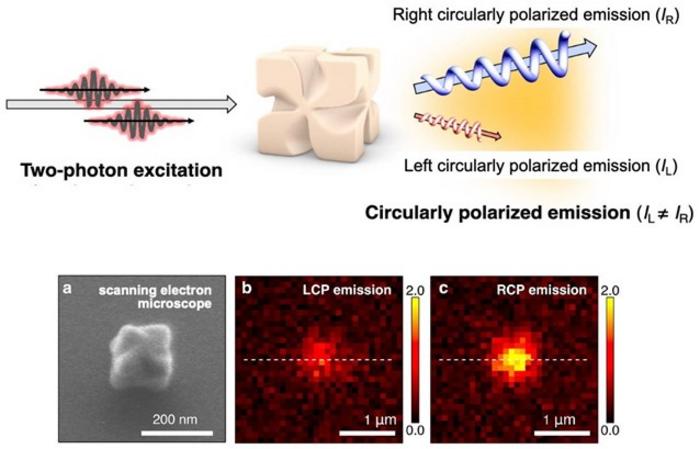Story tip: Plant, microbe matchmaking for better bioenergy crops
Oak Ridge National Laboratory researchers have identified specific proteins and amino acids that could control bioenergy plants’ ability to identify beneficial microbes that can enhance plant growth and storage of carbon in soils. Credit: Andy Sproles/ORNL, U.S. Dept. of Energy Oak Ridge National Laboratory researchers have identified specific proteins and amino acids that could control […]

Oak Ridge National Laboratory researchers have identified specific proteins and amino acids that could control bioenergy plants’ ability to identify beneficial microbes that can enhance plant growth and storage of carbon in soils.

Credit: Andy Sproles/ORNL, U.S. Dept. of Energy
Oak Ridge National Laboratory researchers have identified specific proteins and amino acids that could control bioenergy plants’ ability to identify beneficial microbes that can enhance plant growth and storage of carbon in soils.
These proteins, called LysM receptor-like kinases, regulate signaling between plants and microbes, a process that influences biomass production, root performance and carbon storage. The study showed these kinases potentially help poplar trees differentiate between helpful and disease-causing microbes.
With this information, scientists can better target bioengineering efforts aimed at promoting plant-microbe symbiosis to boost poplar trees’ growth and sustainability in future climates.
“Having predictive insight into how receptors distinguish microbial friend from foe will reduce the number of design-build-test cycles needed to validate gene function and accelerate improvement of crop performance,” said ORNL’s Udaya Kalluri.
The novel method used computational structural biology in a multipronged approach that can accelerate gene function identification in a variety of plants.
UT-Battelle manages ORNL for the Department of Energy’s Office of Science, the single largest supporter of basic research in the physical sciences in the United States. The Office of Science is working to address some of the most pressing challenges of our time. For more information, please visit energy.gov.
Journal
Computational and Structural Biotechnology Journal
DOI
10.1016/j.csbj.2022.12.052
What's Your Reaction?

































